Have you ever wondered what your rabbit is really thinking as she dramatically flops onto her side or flicks her feet at you before hopping away? Rabbits, those enigmatic bundles of fur, are masters of silent communication. Their language is a mesmerizing blend of subtlety and sass, a world where the tiniest twitch can speak volumes. To the untrained eye, they might seem aloof or mysterious, but to those who learn to listen, rabbits reveal a dramatic, expressive, and sometimes hilarious personality. Whether you’re a lifelong bunny lover or just rabbit-curious, prepare to have your mind blown by the astonishingly rich world of rabbit body language. Let’s decode the flops, thumps, and ear wiggles that make rabbits the silent comedians and philosophers of the animal kingdom.
The Legendary Bunny Flop: Pure Bliss or Something More?
A rabbit suddenly collapsing on its side with a soft thud can be shocking the first time you see it. Many new owners panic, thinking their pet has fainted or worse. But the bunny flop is actually a sign of ultimate relaxation and trust. When a rabbit flops, it’s saying, “I feel safe, content, and totally at ease.” This is not just cuteness overload—it’s a profound message that your rabbit feels secure in your home. In the wild, flopping would leave them vulnerable, so this gesture is a badge of safety. Some bunnies get theatrical, flopping with a twist or even rolling onto their backs, as if to say, “Watch me, I’m fabulous!” It’s a moment to celebrate, because a flopping rabbit is a truly happy rabbit.
The Foot Flick: Sassy Goodbye or Something Deeper?

If you’ve ever been “dismissed” by a rabbit flicking its back feet at you, you’ve witnessed a classic display of bunny attitude. The foot flick is the rabbit’s way of saying, “I’m not impressed” or “You’ve slightly offended me.” Sometimes, after a grooming session or an unwanted cuddle, a rabbit will hop away and flick its feet, sending an invisible cloud of imaginary dirt your way. In the wild, this action would kick up dust to confuse a predator or signal displeasure to another rabbit. In your living room, it’s pure sass—an unspoken “talk to the tail.” It’s a little hilarious and a little humbling, a reminder that your rabbit is an independent spirit.
Thumping: Alarm Bells or Dramatic Flair?
A sudden, loud thump from your rabbit can be startling. This classic move is more than just noise; it’s a survival signal rooted in the wild. When a rabbit senses danger, it thumps its powerful back feet to warn others—a built-in alarm system. But pet rabbits thump for more than just threats. Sometimes, they thump when annoyed by a loud noise, a strange smell, or even because they want your attention. Some rabbits are drama queens, thumping to express displeasure if dinner is late or the TV is too loud. If your rabbit is thumping, pay attention—they’re communicating urgency in a language older than words.
Binkies: The Joyful Acrobatics of a Happy Bunny
There’s nothing quite like the sight of a rabbit mid-binky—a sudden leap into the air with a twist or kick. Binkying is pure, unfiltered joy. Scientists believe this acrobatic display is an exuberant expression of happiness. If your rabbit starts sprinting around the room, then suddenly launches into a wild twist, you’re witnessing peak bunny excitement. It’s as if all the happiness in their small body can’t be contained. Binkies can look awkward or even clumsy, but they’re always delightful. Celebrate these moments—they’re proof your rabbit feels alive, safe, and utterly delighted with life.
Nose Nudges: Requests, Affection, or Demands?
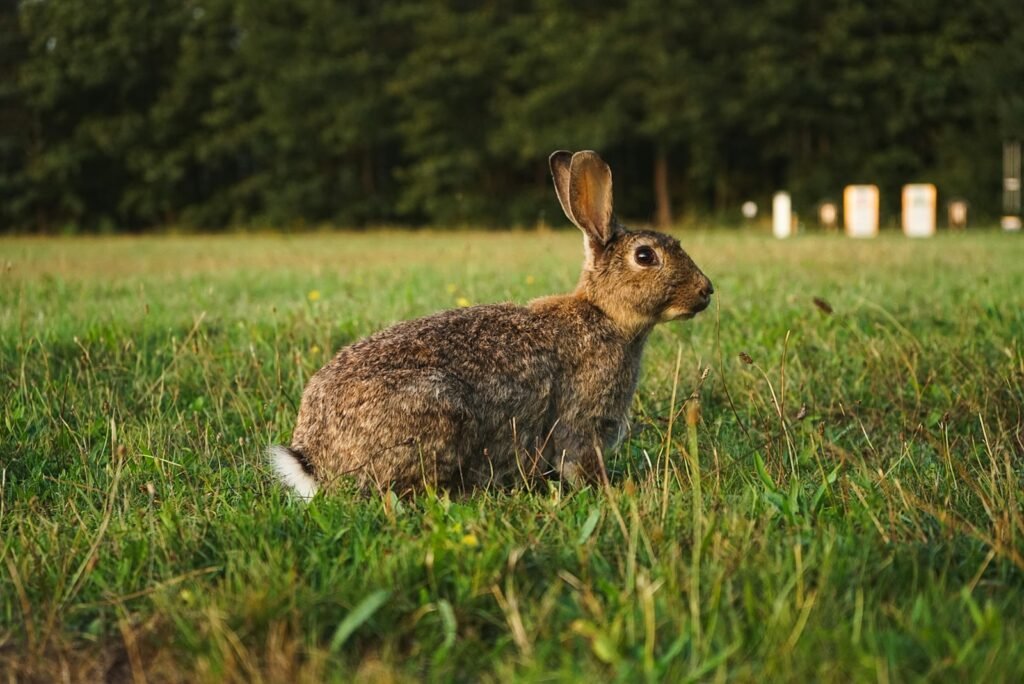
A gentle nudge from your rabbit’s nose can mean a host of things, depending on the context. Sometimes it’s a sweet request for attention or a gentle reminder that it’s time for pets. Other times, it’s a demand—“Move out of my way!” or “Feed me now!” In rabbit society, nose nudges are a primary way to ask for grooming or affection from another bunny. With humans, it’s often a mix of curiosity and communication. If you respond with gentle strokes, you’ll likely be rewarded with more nudges and maybe even a little bunny tooth purr.
Tooth Purring: The Whisper of Contentment

If you listen closely while petting a relaxed rabbit, you might hear a faint, rhythmic grinding of teeth. This “tooth purring” is the rabbit’s version of a cat’s purr and is a sure sign of deep happiness. It’s so subtle you might miss it if you’re not paying attention. Some rabbits will tooth purr when you hit just the right spot during a head rub or while they’re dozing in a sunbeam. Conversely, loud or erratic tooth grinding can signal pain or discomfort, so context is key. Gentle tooth purring, though, is a heartwarming affirmation that your rabbit trusts you.
Ear Positions: The Rabbit’s Mood Antenna
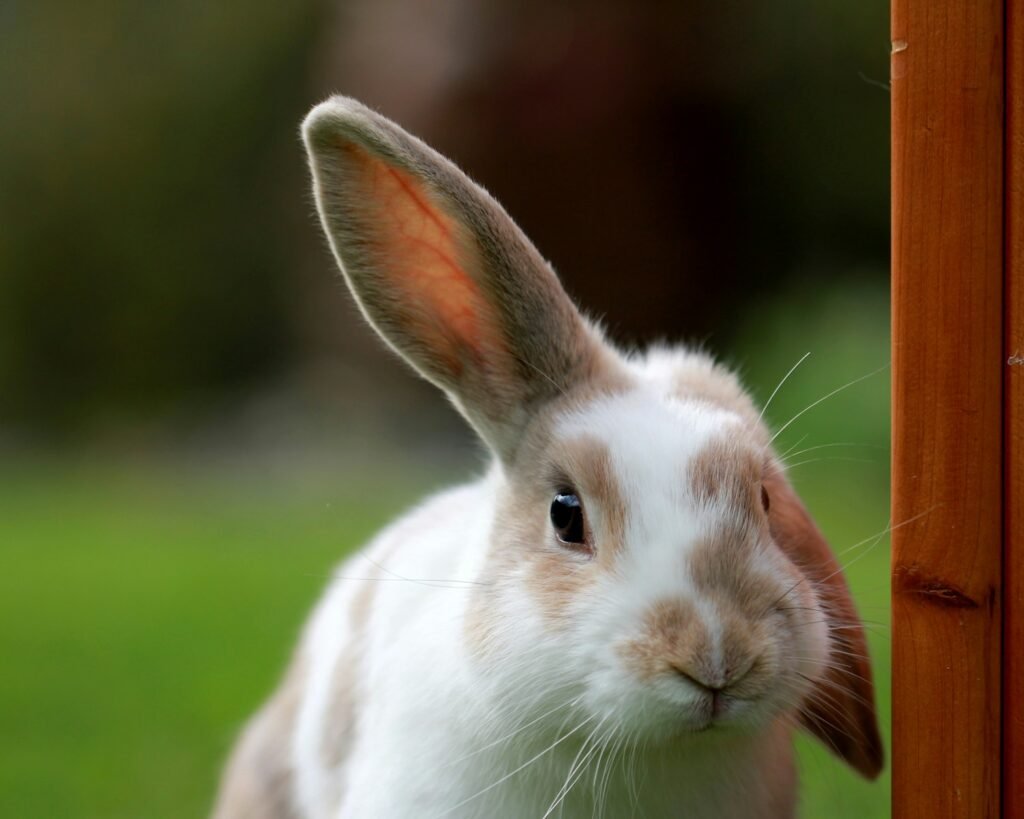
Rabbits’ ears are like living weather vanes, constantly shifting to pick up sounds and signals. Erect ears mean your bunny is alert and listening. If one ear is up and the other tilted back, your rabbit is multitasking—monitoring several things at once. Lops, with their floppy ears, rely on subtler movements, but you can still spot changes in tension. Ears laid flat against the back often signal submission or fear, while relaxed, forward-facing ears indicate calm curiosity. Watch the ears and you’ll tune into your rabbit’s inner world.
Licking: The Ultimate Compliment
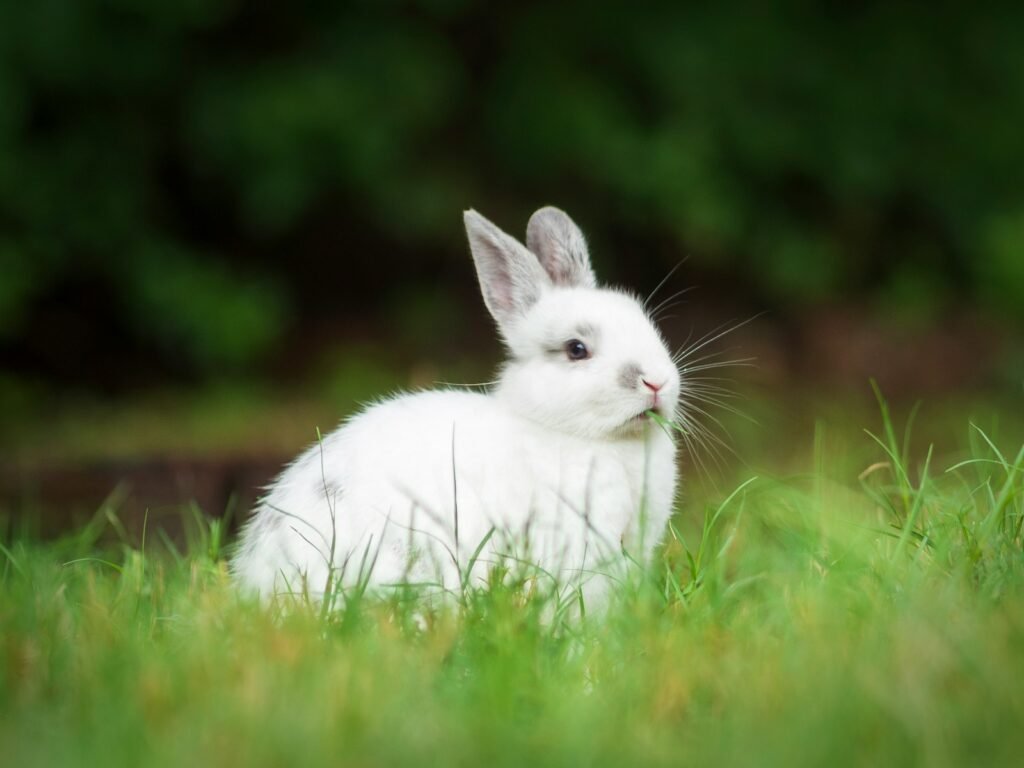
When a rabbit licks you, it’s not just an accident or a random act. Licking is a grooming behavior, and in the rabbit world, grooming equals love and trust. If your bunny licks your hand or arm, they’re treating you as part of their family—an honorary rabbit. It’s a remarkable sign of acceptance, especially from shy or independent bunnies. Some rabbits develop elaborate grooming rituals, licking your fingers, then grooming themselves, then returning to you. It’s a silent but powerful message: “You belong with me.”
Circling: Wooing, Begging, or Bossing?
If your rabbit darts around your feet in circles, you might wonder what’s going on. Circling is often a courtship behavior, especially in unspayed or unneutered rabbits. But it can also mean excitement, playful begging for treats, or a way to claim you as “theirs.” You might see circling at mealtime or when your rabbit wants attention. Sometimes, it’s accompanied by soft honking noises—a truly endearing mix of impatience and affection. Circling is your rabbit’s way of reminding you that in their world, you’re the center of the universe.
Chinning: Marking What Matters

Rabbits have scent glands under their chins, and when they rub their chin on something, they’re marking it as “theirs.” This isn’t visible to us, but in the rabbit’s world, it’s a profound statement of ownership. You might catch your bunny chinning furniture, toys, or even your shoes. It’s their version of planting a flag—staking a claim. This behavior is more common in new environments or around novel objects. Chinning is silent, subtle, and totally fascinating if you know what to look for.
Tail Position: The Hidden Signal
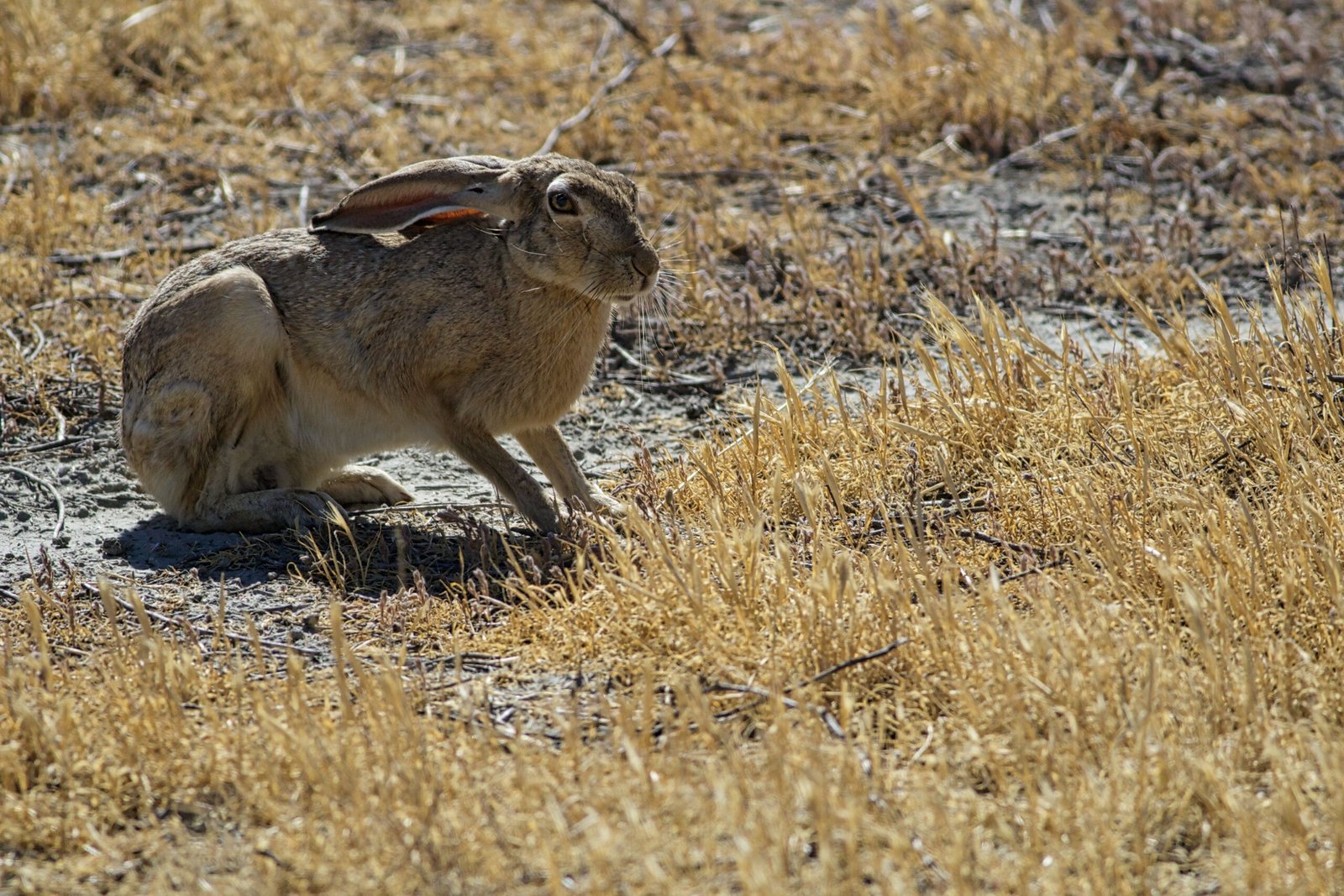
A rabbit’s tail might seem insignificant, but its position can reveal a lot about mood and intention. A relaxed, down tail means your rabbit is calm and comfortable. If the tail is raised, especially while the bunny is standing tall, it could signal alertness or excitement—sometimes even a warning. During play or exploration, you’ll notice the tail twitching with anticipation. And if you ever see a rabbit “flag” its tail before a dash, you’re witnessing the split-second decision to bolt. The tail is like a punctuation mark at the end of a sentence—easy to miss, but crucial to the meaning.
Flattening: Fear or Respect?
When a rabbit flattens its body to the ground, it can look like they’re trying to disappear. This is a classic prey response, meant to help them blend in and avoid detection. In the home, flattening can indicate fear—maybe a vacuum cleaner, sudden movement, or an unfamiliar animal has spooked them. But flattening can also be a sign of submission, especially when approached by a more dominant rabbit or a trusted human. The key is context: Is your bunny trembling, or simply waiting for a head rub? Understanding the difference is essential for building trust.
Cheek Rubbing and Head Butting: Subtle Sass in Action
You may see your rabbit rubbing its cheeks against objects or gently butting you with its head. Cheek rubbing spreads scent, similar to chinning, and is another way of saying “mine.” Head butting can be a gentle nudge for attention or a not-so-subtle way of asking you to move. Some rabbits use head butts during play or when asserting dominance. It’s their way of setting boundaries—a polite but firm reminder that they have opinions, too.
Teeth Chattering and Grinding: The Double-Edged Sword
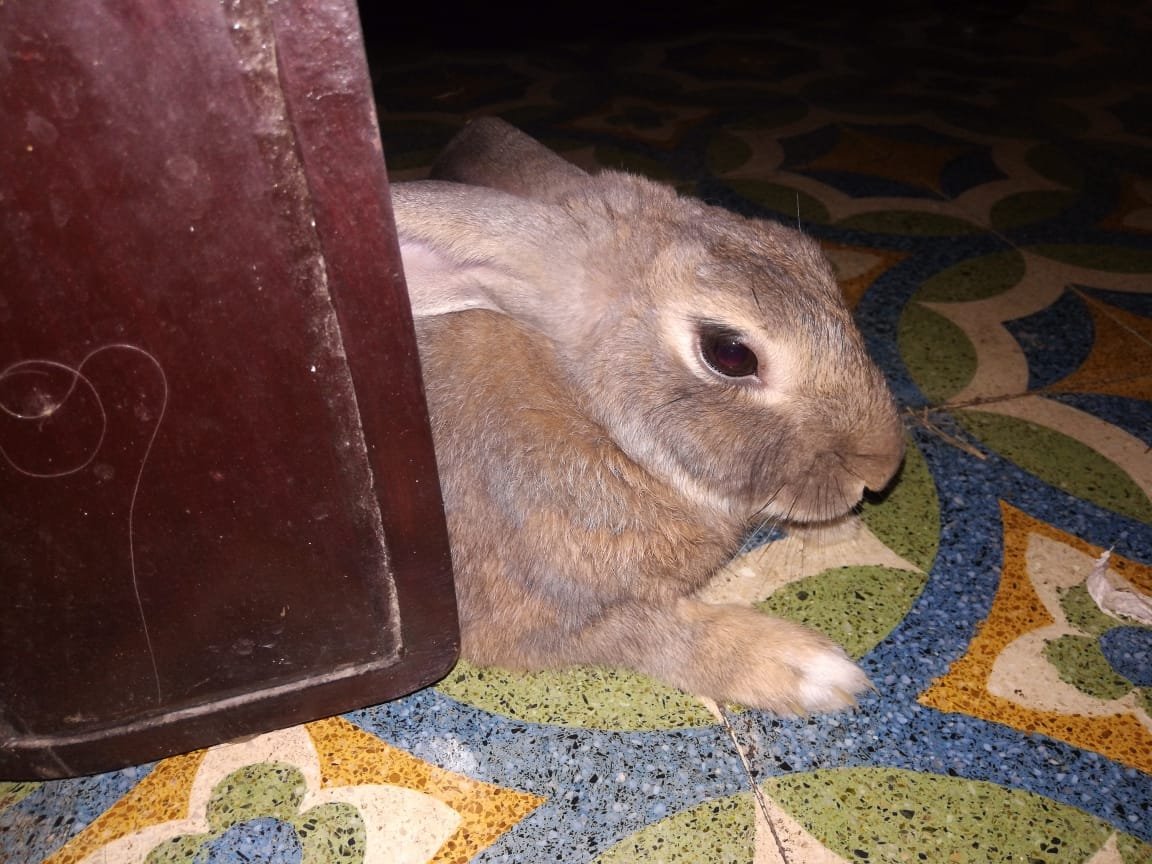
Soft, rhythmic teeth chattering is a sign your rabbit is content and relaxed, much like tooth purring. However, loud, harsh grinding is a red flag for pain or distress. Rabbits are masters at hiding illness, so any change in the pattern or volume of teeth sounds should be taken seriously. If your rabbit is hunched, not eating, and grinding loudly, it’s time for a vet visit. But if you’re petting them and hear a gentle chatter, congratulations—you’re doing something right.
Loafing: The Universal Bunny Rest Pose
When a rabbit tucks its legs beneath its body and forms a compact “loaf,” it’s a sign of comfortable rest. The loaf pose is adorable, resembling a fluffy bread roll. In this position, the rabbit is relaxed but ready to move if needed. You’ll often see loafing in safe, familiar spaces or when your bunny is keeping a watchful eye on its surroundings. It’s their way of saying, “I’m comfy, but I’m not asleep—yet.” Loafing is a daily part of rabbit life, a gentle reminder of their prey instincts and their need for security.
Grooming: Beyond Cleanliness
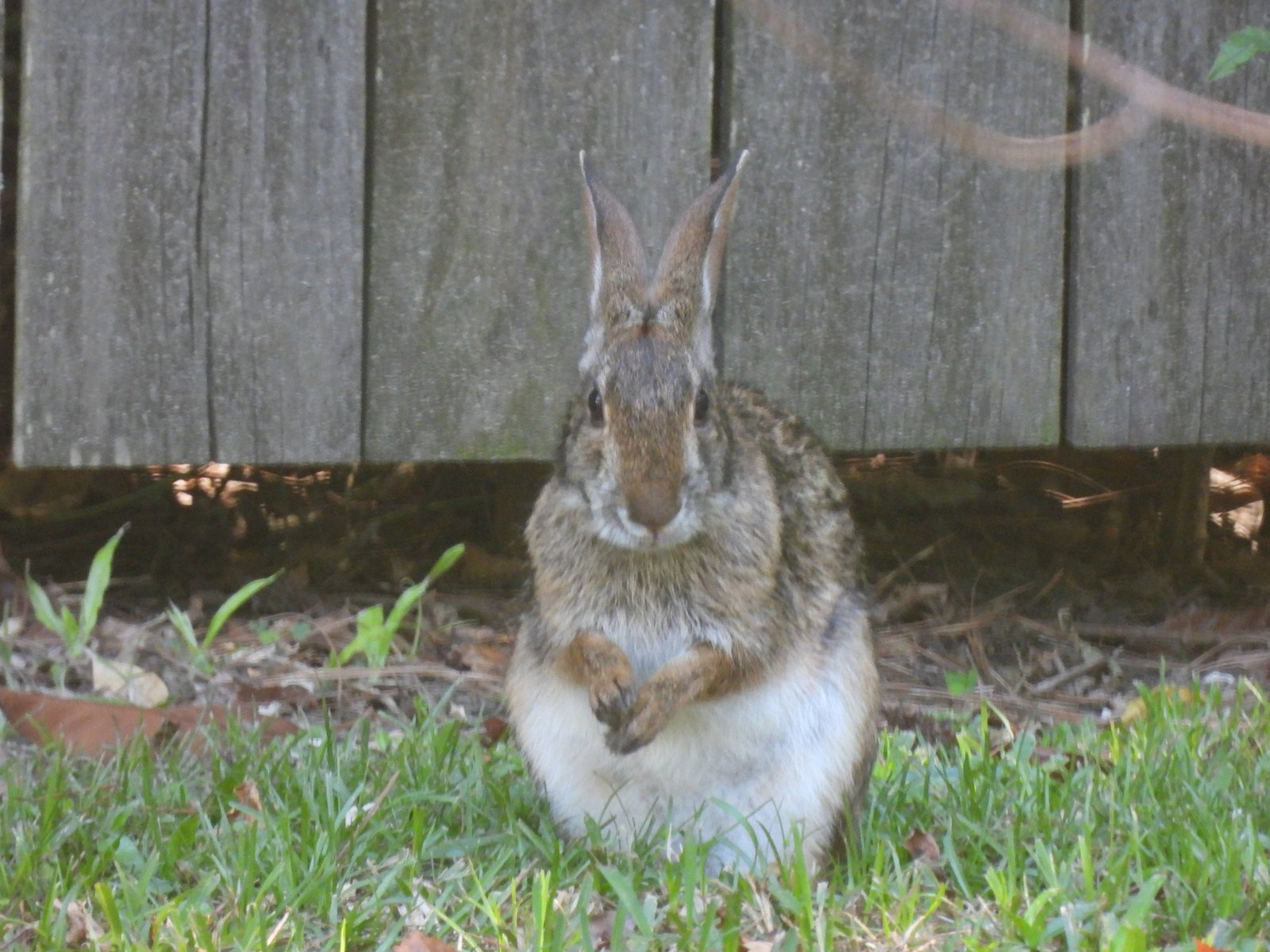
Rabbits are meticulous groomers, often spending hours each day cleaning themselves. This isn’t just about staying clean; grooming is a vital social behavior. Rabbits groom each other to reinforce bonds, show affection, and establish hierarchies. If your rabbit grooms you, it’s a sign of deep trust. Excessive grooming or fur chewing, on the other hand, can signal stress or boredom. Watch your rabbit’s grooming habits—they’re a window into their mood and well-being.
Hiding: Seeking Safety or Solitude?
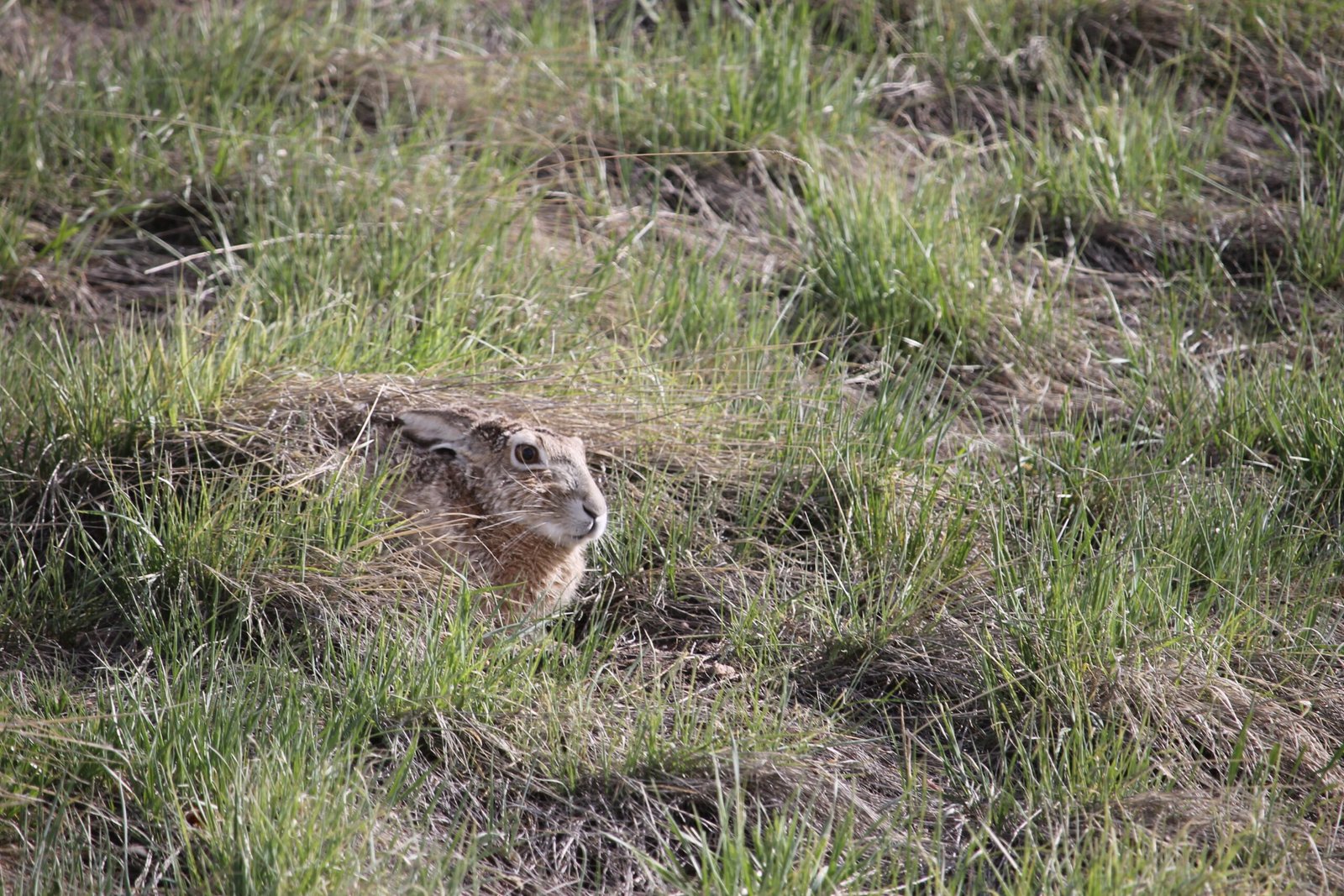
A rabbit that retreats to a hideout or burrows under furniture is tapping into ancient instincts. Hiding isn’t always a sign of fear—it can mean your rabbit wants a quiet break from the world. However, persistent hiding, especially paired with changes in appetite or behavior, can be a red flag for illness or anxiety. Creating safe, cozy spaces for your bunny to hide is essential for their happiness. Think of hiding as recharging their tiny batteries, not shutting you out.
Stretching: The Unspoken Comfort

After a nap or a long period of stillness, you might see your rabbit stretch out luxuriously, sometimes yawning wide. This full-body stretch signals that your bunny feels secure. In the wild, stretching would be risky, exposing the rabbit to predators. At home, it’s a sign they trust their environment and feel no imminent threat. Watching a rabbit stretch is oddly satisfying—a small, silent celebration of peace and comfort.
Honking and Grunting: The Sounds of Mischief
Rabbits are usually quiet, but they have a secret language of sounds. Honking is a soft, rapid noise often heard during courtship, play, or begging for treats. Grunting, a deeper sound, can signal annoyance or territorial behavior. Some rabbits grunt when they’re picked up or their space is invaded. These vocalizations are less common than body language, but just as meaningful. Listen closely, and you’ll begin to understand your rabbit’s vocal cues.
Digging and Scratching: Instincts at Play

If your rabbit paws at the carpet or digs energetically in a corner, it’s channeling ancient instincts. Digging is essential for wild rabbits, who create complex burrows for safety and raising young. Pet rabbits still feel the urge to dig, especially when bored or curious. Providing safe digging zones, like cardboard boxes filled with shredded paper, can keep your rabbit happy and engaged. Digging is a reminder that even the tamest bunny carries a bit of the wild within.
A World of Silent Stories: Understanding Your Rabbit’s Language
Rabbit body language is a tapestry of subtle cues, dramatic gestures, and emotional honesty. From the joyful binky to the dramatic thump, each movement tells a story—sometimes hilarious, sometimes touching, always authentic. Paying attention to these signals deepens your bond with your rabbit, transforming daily interactions into a dialogue of trust and companionship. The next time your bunny flops, flicks, or nudges, remember: you’re witnessing the quiet poetry of a creature that speaks volumes without ever saying a word.


